The nuances of growing beets

Beetroot is a root vegetable in demand among gardeners with useful properties and a pleasant taste. Before you start growing a crop in your personal plot, you should study the features of the procedure and carefully prepare for it.
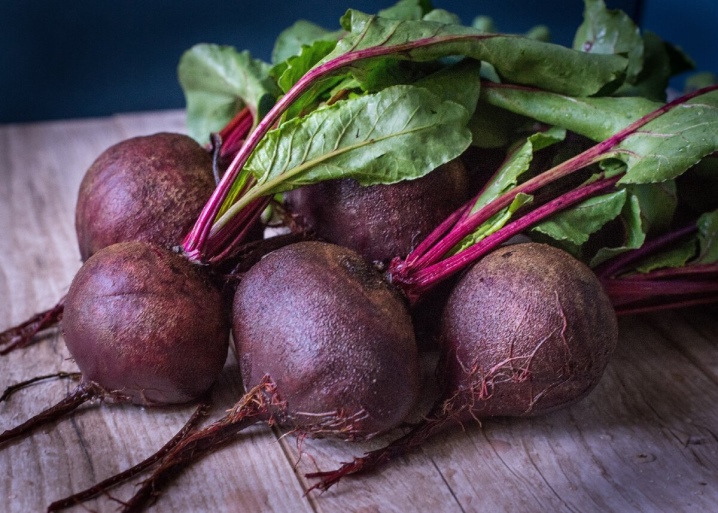
Variety selection
Beetroot is an unpretentious plant that is ready to grow in almost all latitudes, the only exception will be permafrost areas. First of all, before planting a crop, it is worth thinking about the variety and choosing the most suitable one among a wide variety. Popular varieties of beets.
-
"Valenta". An early ripening variety that forms sweet fruits with dark red flesh. Differs in increased resistance to low temperatures, diseases and pests.
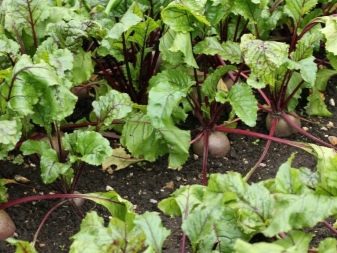
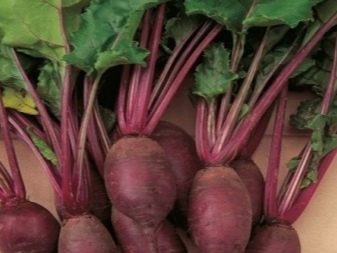
- "Ataman". Ripens late, produces cylindrical fruits weighing up to 300 g. The rind has a rich burgundy hue, the flesh is sweet and homogeneous. Plus varieties in transportability and long shelf life of fruits.
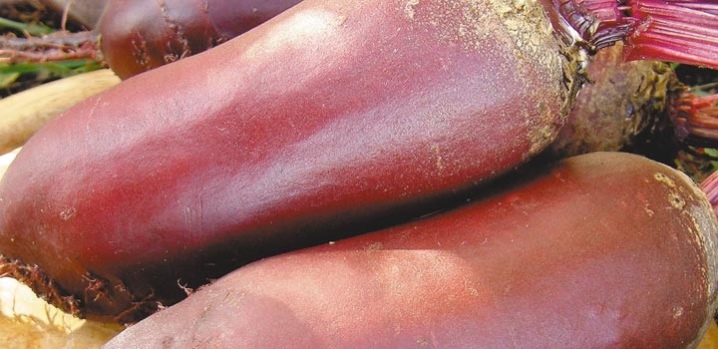
- "Cylinder". A late ripening variety, a striking characteristic of which are elongated fruits of a rich red color. The weight of one beet is 500 g. The plant is resistant to most pests and diseases.

- "Wintering". Variety of medium early ripening, resistant to low temperatures and most diseases. Forms round fruits, the average weight of which reaches 200-400 g with proper care. The pulp is homogeneous, burgundy.

- "Red Bogatyr". Medium early variety with dark red cylindrical fruits and thin skin. The taste of beets is sweetish, the average weight reaches 500 g.
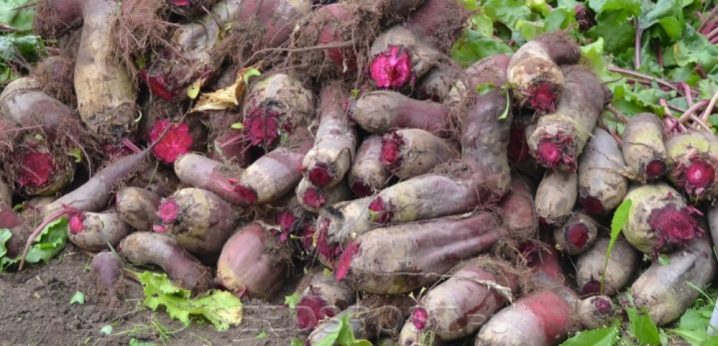
- "Red Ice". A medium-early ripening variety with large juicy fruits. The skin has a rich red hue, the weight of beets is 200-300 g. The plant is resistant to frost, pests and diseases.
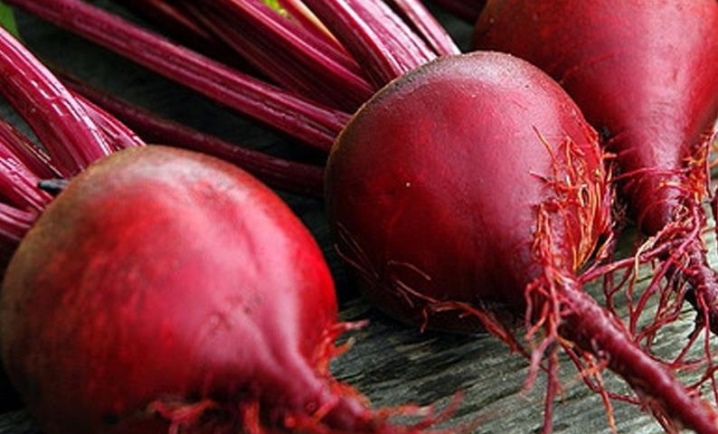
- "Bikores". Ripens quite early and has a high yield. The variety forms bright red fruits weighing up to 350 g, which tolerate transportation well and have a long service life.
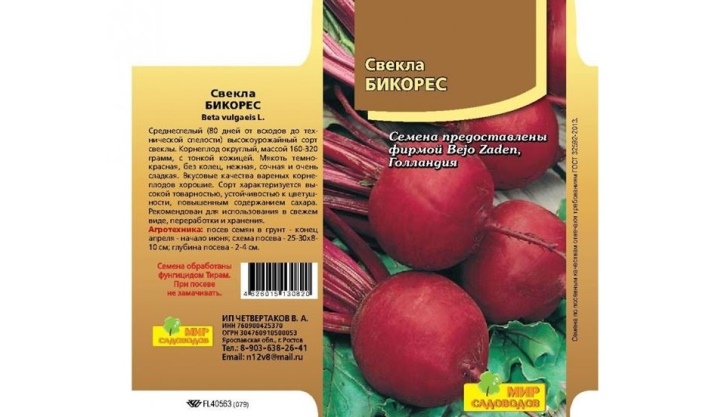
This is not a complete list of the varieties of popular culture available. To achieve an almost year-round harvest, you should think about planting early and late varieties.
Landing dates
Beet planting begins in the warm spring, when the air temperature rises to 15-18 degrees. If necessary, you can plant a crop earlier if you provide a greenhouse. In the case of a cold spring, on the contrary, it is recommended to shift the planting time to a slightly later date and choose the appropriate variety for this.
Depending on the type, the landing method is selected. For example, winter beets are sown with dry seeds even before the onset of frost, giving preference to certain varieties, and then carefully covering the crops.
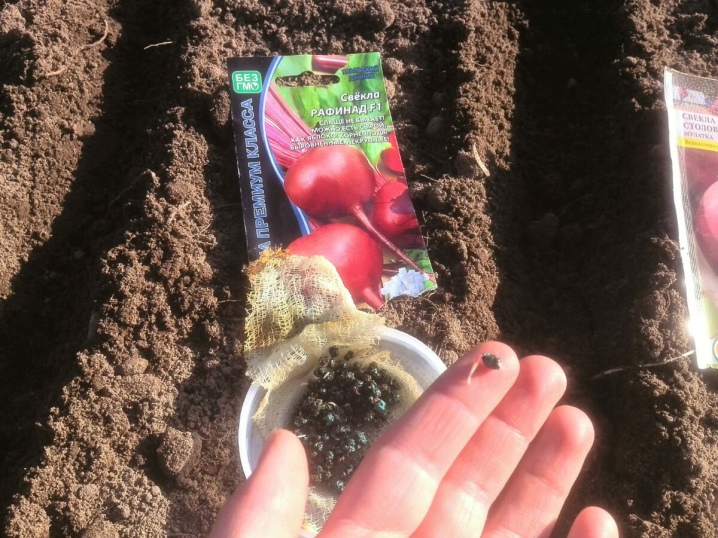
Where is the best place to plant?
The procedure for planting beets should be approached carefully. First you need to decide on the place where the culture will be located. Recommendations for choosing a site in order to obtain a high-quality crop rotation.
-
Beets are a plant that needs space. Therefore, root crops should be planted as far apart as possible so that they have more space for the formation of large fruits.
-
If you plan to sow a small area, then the beets can be planted along the beds with potatoes, cucumbers or beans. And also the culture adjoins well with onions or herbs.
-
The site should be located in places with access to moisture, but at the same time it should not stagnate in order to worsen the condition of the plant. The best solution would be to plant beets in an area close to the irrigation source and the provided drainage system.
-
Every year, the place of planting a crop in the country must be changed in order to prevent crop loss. You can plant beets where greens, onions, potatoes, tomatoes, carrots, and zucchini used to grow. It is not recommended to plant a plant in places where cabbage used to grow.
The peculiarity of beets is their unpretentiousness to the soil. If necessary, the crop can be planted on poor soil or along the beds in the shade, if the soil is loosened beforehand, and the plant is provided with timely watering and fertilization.

Preparation
After choosing a site, you can start the main preparatory work for planting beets.
The soil
First, they take up the ground. The earth is loosened and dug up in the fall after harvesting the previous crop, saturating it with a new portion of oxygen. And also organic fertilizers are introduced into the soil - compost or manure, pre-digging holes 30-35 cm deep. This solution allows you to reduce the acidity of the earth, which increases the survival rate of beets.
And you can also reduce the pH using:
-
dolomite flour;
-
eggshell;
-
wood ash.
Finally, the last stage of autumn preparation is the introduction of potassium sulfate and superphosphate to feed the soil with useful components, which will then pass into the roots. In the spring, the garden bed is re-dug up and mulched with peat or sawdust.
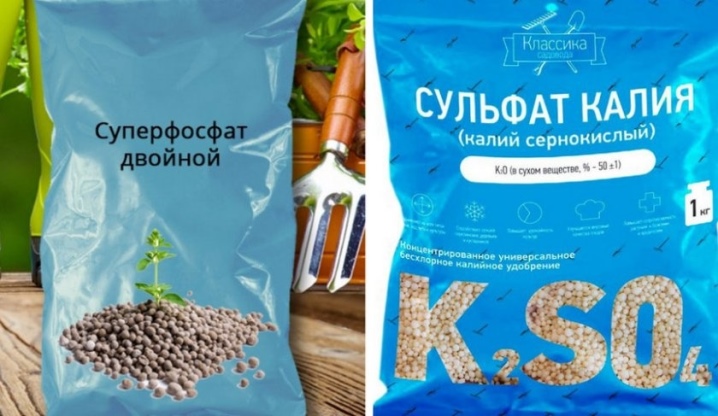
Planting material
Beets are sold in seeds, which also need to be prepared for planting. The main stages of preparation.
-
Germination test. For this, beet seeds are poured into a glass filled with saline solution and mixed thoroughly. The floating seeds will not germinate, so they are removed.
-
Hardening. It is carried out by alternately filling the seeds with hot and cold water. Each temperature regime is maintained for a certain amount of time.
-
Disinfection. It means moving the seeds into a potassium permanganate solution, followed by aging for 12 hours.
-
Growth stimulation. The seeds are again transferred to another solution, which stimulates active growth.
-
Germination. The stage is carried out only in the case of growing beet seedlings.
If you plan to plant beets in the fall, then it is enough to limit yourself to the first three stages. Recently, manufacturers have begun to release seeds already treated in fungicides, herbicides and stimulants, ready for planting.
Such material does not need to be re-soaked; dry seeds should go into the soil.
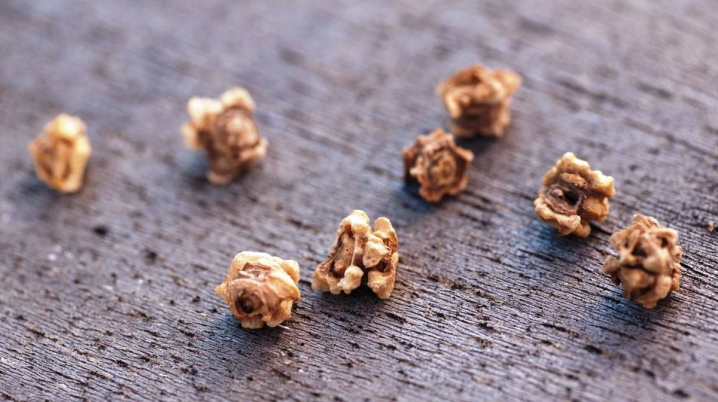
Landing technology
Beet seeds are large in size, which is convenient for gardeners, since the planting procedure does not take much time. There are two planting methods - seeds and seedlings. It is worth considering each in more detail.
Seeds
You can start sowing only after the soil has completely warmed up, when warm and sunny weather sets in the street. If these requirements are ignored, the seeds will quickly rot and there will be no harvest.
Sowing order.
-
First, grooves are made on the beds with a depth of 2 cm. It is advisable to make them even and with a dense bottom, if necessary, you can use the board and press it with its end into the ground. The minimum distance between furrows is determined by the size of the root crop. When planting small beets, it is worth maintaining a step of 10-15 cm, for large varieties, the step should be increased to 30 cm.
-
After the furrows are formed, they are watered with a watering can. This must be done carefully so as not to wash out the soil.
-
When the water is absorbed into the ground, the seeds are laid out along the grooves, maintaining a distance of 4-10 cm, depending on the variety.
-
At the end of the hole, they throw earth or rotted humus.
When the seeds are planted, it is necessary to water the garden bed again, using the rain nozzle if available.
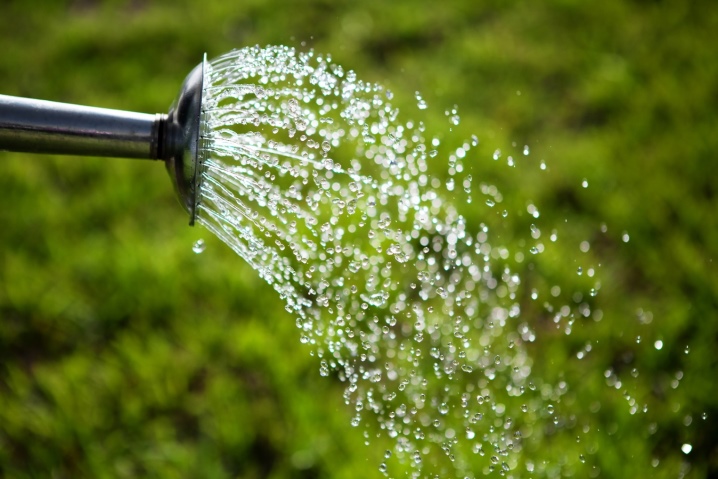
Seedlings
Planting seedlings in open ground occurs after the formation of 2-3 true leaves in the seedlings. When growing beets in pre-prepared containers, overgrowth should not be allowed so as not to deform the root crop.
The standard scheme for planting seedlings in the garden.
-
First, the holes are prepared, the size of which should correspond to the size of the seedlings. The minimum interval between holes is 12 cm, the maximum is 20 cm. The size is determined by the variety.
-
Further, the holes are watered abundantly and wait for the water to be absorbed into the soil.
-
At the third stage, the seedlings are planted in holes. In this case, the roots should be located evenly, without bends and fractures.
-
Water the seedlings again, after digging in the voids.
At the end of planting, cover with a special material for 2-3 days to allow the seedlings to get used to new conditions.
If the planting took place in hot weather, you should additionally take care of daily watering.
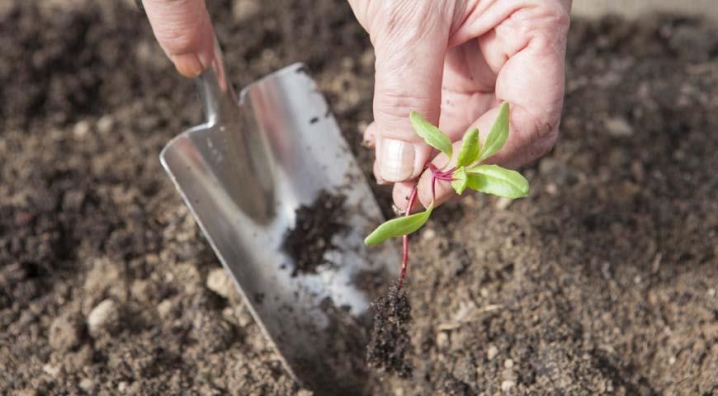
Care
Timely care will help to achieve a bountiful harvest and grow large fruits.
Watering
Beets need regular watering, especially during the growing season and the formation of root crops.
Secrets for growing large root crops in the garden.
-
In the first decade of summer, it is worth watering the garden once a week. The plant loves water, 10 liters of water should fall on 1 m2 of soil.
-
In the middle of summer, watering should be increased up to 2 times a week, the amount should be left the same. At the same time, after each application of water, it is recommended to loosen the soil to saturate it with oxygen.
-
2 weeks or a month before harvesting, it is worth watering the beets with a solution of 10 liters of water and 1 tablespoon of salt. This solution will give the fruit a sweetish taste.
You need to take care of the culture throughout the season. You can stop watering about 2 weeks before harvesting so that the roots are prepared for storage and do not rot.

Top dressing
The first fertilizers are applied to the soil after the plant has formed 3-4 leaves. As a top dressing, nitrogen-containing compounds are used, for example, bird droppings or mullein solution.
Additional dressing according to the recommendations of step-by-step agricultural technology.
-
Nitrogen. It is introduced in the first half of the growing season.
-
Potassium. Fertilizers are used in the second half of the growing season.
-
Phosphorus. The compositions are applied during the entire period.
When the beets begin to form fruits, you can additionally use fertilizing from an ash solution, where 1 glass of fertilizer is needed for 1 bucket of water. Such feeding will color the foliage in a rich green color.
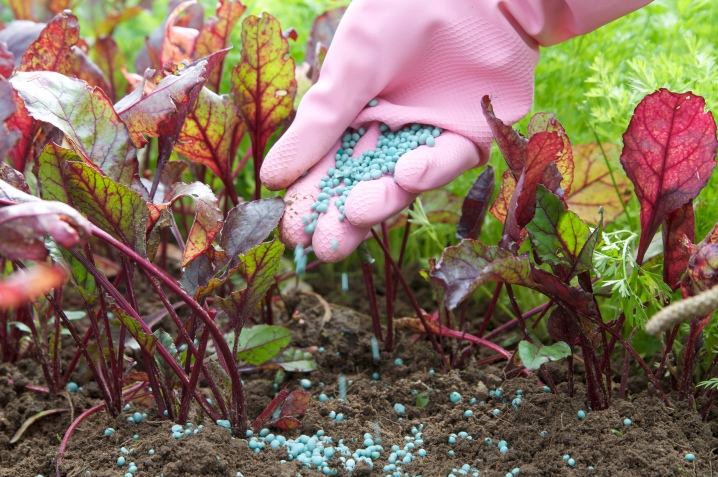
Thinning
For beets to develop, they must be planted densely and thinned in time.
-
For the first time, the culture is thinned out when the first 2 leaves appear on the stem. A distance of 2-3 cm is left between the holes.
-
The second time involves thinning beets with 5-6 leaves, where the gap between the plants is increased to 4-6 cm.
-
The third time, thinning is carried out in mid-August, leaving up to 10 cm.
Compliance with the terms of the procedure and timely cultivation of the site will allow you to get a large and high-quality harvest.
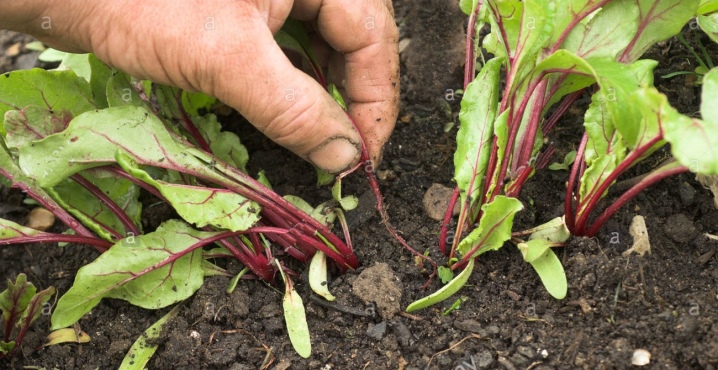
Diseases and pests
The main pests of beets are:
-
moles;
-
bear;
-
rodents.
The latter actively eat leaves and seedlings, due to which the crop is lost or grows poorly. And also the plant is not able to resist the attack of fleas, wireworms and slugs. Among common diseases, gardeners distinguish rot, due to which beets grow unsweetened. The fight against negative impacts begins even before planting, when the seed is treated.
Additionally, gardeners recommend carrying out preventive treatments with natural preparations, which include tobacco dust, ash. It is an excellent defense against most pests and unwanted diseases.
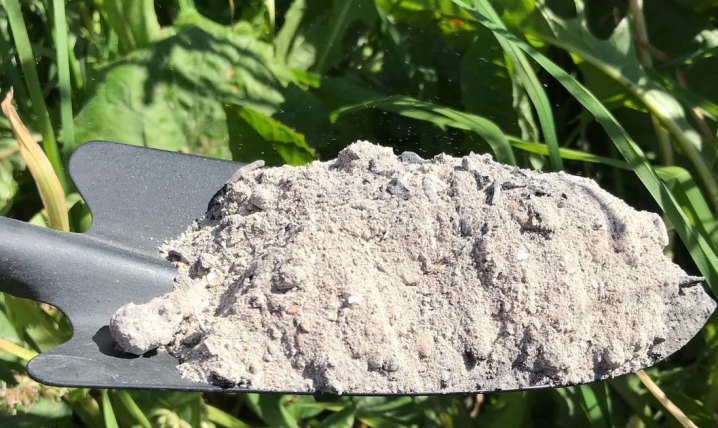
Harvesting
During growth, there is no need to huddle the crop, even if the root crop begins to peek out of the ground. In any case, the fruit will pick up the necessary sugar content and will delight you with a pleasant taste.
Harvesting is recommended before frost, usually in early autumn or mid-October. During the assembly, you can use a shovel, but you need to make sure that the blade pokes only one root crop.
It is worth storing beets in a cool and dry environment to prevent premature decay of the crop. Before harvesting root crops, it is necessary to shake off the soil from them and remove the withered stems.













The comment was sent successfully.